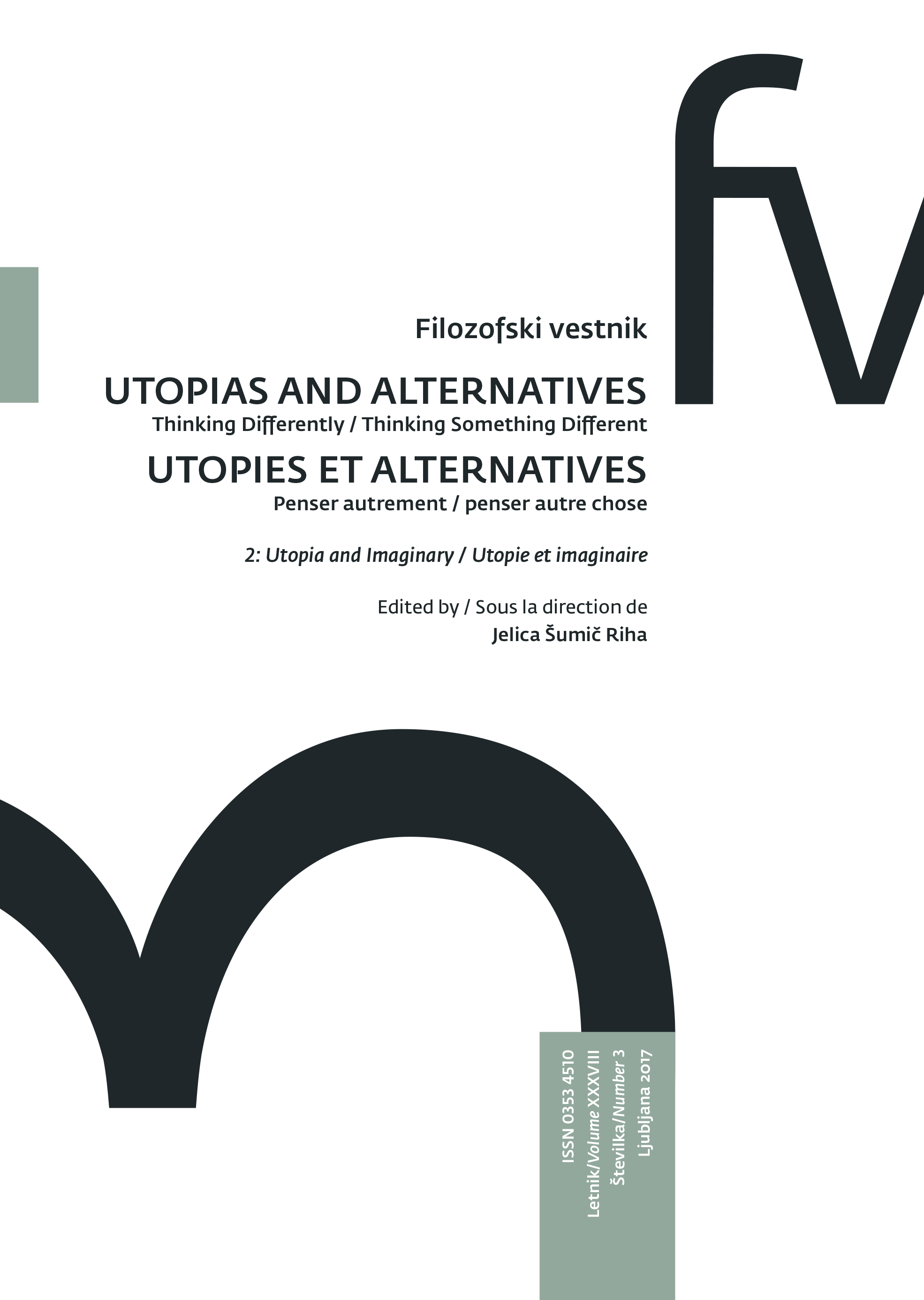Virginia Woolf. Strategija grozdne jagode ali utopija prosojnega telesa
Ključne besede:
pisanje, psihoanaliza, transparentnost, psihična utopijaPovzetek
Dialektika prosojnosti in neprosojnosti prežema pisanje Woolfove. Občutje »ležanja v grozdu in gledanja skozi plast napol prosojne rumene« je pomemben slikovni motiv njenega posthumno izdanega avtobiografskega eseja Sketch of the Past. Bolj kot motiv je koncept za psihično utopijo, podoba in locus neopisne ekstaze. Woolfino pisanje o travmatičnih spominih s pomočjo dane metafore razvije afektivne, vizualne, slišna, olfaktorne izkušnje. Lahko bi primerjali takšno napol prosojno grozdje in Freudov »popek sanj«: Freud predlaga, naj psihoanalitik sledi analizi sanj, kolikor daleč je mogoče, vendar takšno sledenje trči na točko nemožnosti, do »popka sanj«: ne gre toliko za vprašanje razvozlavanja kot za njihovo zapopadanje kot prostora za pisanje, znotraj katerega se prostor simbolnega združi z izvorom želje in užitkom. »Popek sanj« nam dovoljuje premislek meja možne interpretacije tistega, kar je mogoče interpretirati. Metafora grozdja Virginije Woolf preiskuje meje možnosti doseči s pomočjo pisanja sam izvir smisla biti.
Prenosi
Prenosi
Objavljeno
Kako citirati
Številka
Rubrike
Licenca
Avtorji jamčijo, da je delo njihova avtorska stvaritev, da v njem niso kršene avtorske pravice tretjih oseb ali kake druge pravice. V primeru zahtevkov tretjih oseb se avtorji zavezujejo, da bodo varovali interese založnika ter da bodo povrnili morebitno škodo.
Podrobneje v rubriki: Prispevki





